11+ Field Pea Plant
Field pea differs from fresh or succulent pea which is. The green- and yellow-seeded varieties are used for human consumption as dry split field pea.
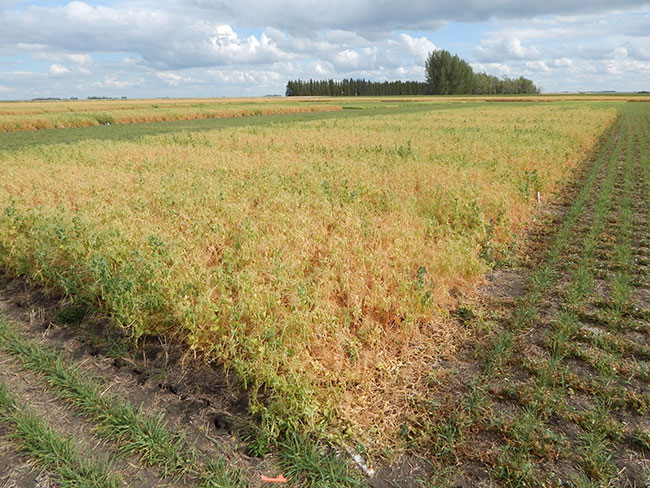
Optimizing Field Pea Yield And Protein Top Crop Managertop Crop Manager
This pea should not be confused with the cowpea Vigna unguiculata which is sometimes called the field pea in warmer climates.
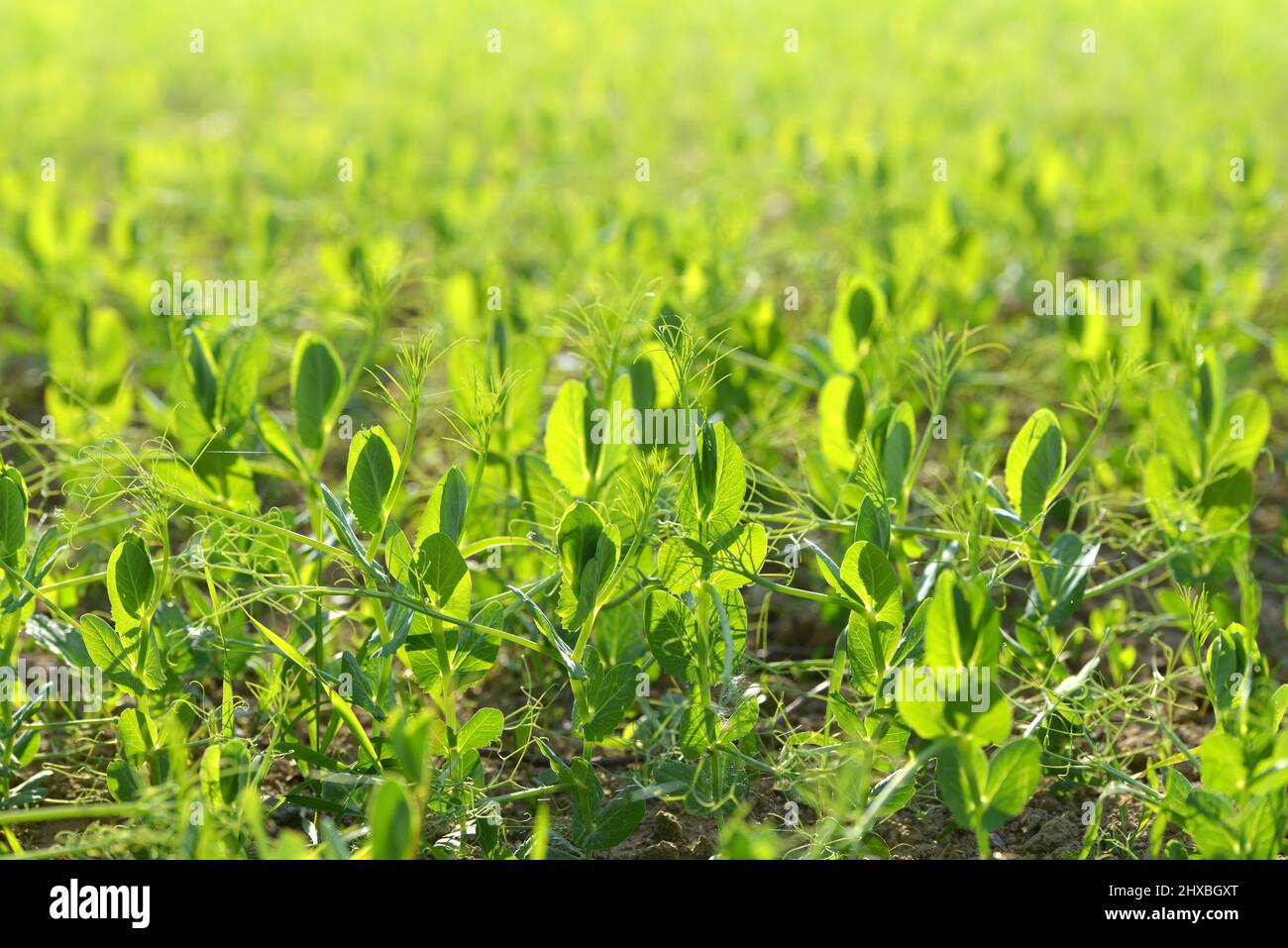
. There are several cultivars and colors including blue dun brown maple and white. Web Field peas are now grown in many countries for both human consumption and stockfeed. Peas can be bought fresh canned or frozen and dried peas are commonly used in soups.
Massachusetts Natural Heritage Endangered Species Program Massachusetts Division of Fisheries and Wildlife Westborough. Web Use Field peas can be used as a cover crop green manure or forage and hay and silage. A county checklist first revision.
The vascular plants of Massachusetts. Field peas are used as protein concentrates for human consumption in soups for livestock and peas are popular. Pulses are considered to be the cheapest and the most economic and sustainable source of protein.
Web Field pea Pisum sativum L is a pulse crop grown and consumed globally. Field pea contains 520 less of the trypsin inhibitors than soybean Schatz and Endres Citation 2009. Web The major field pea-producing areas include Canada Europe Australia and the US.
The plant is very viny with weak small stems though larger and more succulent than those of vetches and requires a supporting crop such as oat or rye in order to ascend Goar 1934. Web When planting winter peas you may do so in the spring or fall. Historically field pea primarily was grown in the Palouse region of Washington and Idaho.
Web Field pea is an annual herb bushy or climbing glabrous usually glaucous. Web Field peas in southwest Nebraska. Vines can be up to 9 ft long however modern cultivars have shorter vines about 2 ft long.
Once the appropriate time is chosen till up your garden and begin sowing the seeds directly into rows in the growing space. Approximately 75 million hectares of field pea were harvested in 2018 with the top producers consisting of. Web In the glasshouse plants were grown in single pots 55 L volume which were arranged in 10 rows of 11 plants each with one plant of every genotype at randomized positions within the rows.
Web Garden pea Pisum sativum is one of the most common and important winter vegetable crops grown on a global scale and consumed either fresh or in processed form. Growth stages of a field pea plant. Regrowth after mowing or grazing is poor.
Field peas are often planted in mixtures with cereal grains for grazing or silage. Web High correlation between estimated plant parameters derived from the automated phenotyping platform and important early vigour traits such as shoot biomass leaf area and plant height indicated that the derived plant parameters can be used to predict vigour traits in field pea seedlings. Web Field pea Pisum sativum L a native of southwest Asia was among the first crops brought under cultivation by man.
Field pea is classified as a hermaphroditic plant because its flowers have both male and female parts. Vines can be up to 9 ft long however modern cultivars have shorter vines about 2 ft long. The stem is hollow and the taller cultivars cannot climb without support Elzebroek and Wind 2008.
Web Peas contain high levels of carbohydratesand 8687 total digestible nutrients. Stems are weak round and slender Duke 1981. Web Field Pea Grains Amaranth Barley Buckwheat Comfrey Kochia Millets Oat Popcorn Quinoa Rye Sorghum Spelt Triticale Wheat Wild Rice Legume Pulses Adzuki Bean Castor Bean Chickpea Cowpea Fababean Field Bean Field Pea Guar Hairy Vetch Lentil Lupine Mungbean Peanut Oil Seeds Canola Crambe Flax Jojoba Meadowfoam Mustard.
As long as the temperatures are between 40- and 80-degrees Fahrenheit your crop should produce. Web Field pea is one of the oldest domesticated pulse crops appearing in the Mediterranean between 7000 and 6000 BC and persisting in current agriculture Helback and Hopf 1959. The pea is a cool- season annual vine that is smooth and has a bluish-green waxy appearance.
Crop Physiology Case Histories for Major Crops 2021. It improves soil fertility due to the fixation nitrogen by Rhizobium bacteria Messiaen et al. Field pea is a cool-season grain legume from the diverse Pisum genus grown in over 100 countries for dry or fresh seed and fodder.
Pulse crops are a category of legumes with seeds specifically harvested at full maturity. Web Field pea is usually categorised as a facultative long-day plant with a quantitative response to photoperiod and temperature accelerating development as photoperiod and temperature increase. Web Field pea is a cool-season legume crop that is grown on over 25 million acres worldwide.
7 2023 840 AM ET Yahoo Finance pea Pisum sativum also called garden pea herbaceous annual plant in the family Fabaceae grown virtually worldwide for its edible seeds. In the 1990s North Dakota South Dakota and Montana began producing dry pea. Web The field pea is a pulse the edible seed of a plant which is used dry in livestock feed and for human food particularly in predominantly vegetarian cuisines.
Field pea or dry pea is marketed as a dry shelled product for either human or livestock food. Hay is good quality but peas are more succulent than vetches and more dificult to cure. Web field pea green pea.
The pea is a cool- season annual vine that is smooth and has a bluish-green waxy appearance. Photos by Strahinja Stepanovic Grain-type field peas are a cool season grain crop typically planted in mid-March and harvested late-July grown as an alternative for no-till summer fallow in a semiarid cereal-based cropping systems such as wheat-corn-fallow andor wheat-fallow Figure 1. It was one of the first crops cultivated by humans over 12000 years ago.
The stem is hollow and the taller cultivars cannot climb without support Elzebroek and Wind 2008. All the flowering components that peas need to reproduce are contained in a single blossom which is the site where the transfer of pollen is carried out in a process known as self-pollination.

Field Pea Diseases Alberta Pulse Growers

Field Pea For Aftercrops 1000 G Grey Brown Pea Garden Seeds Market Free Shipping

Large Field With Pea Plants In The Foreground And In The Background The Edge Of A Small Dutch Village Stock Photo Picture And Royalty Free Image Image 25299253

Pisum Sativum Austrian Winter Pea Austrian Winter Peas English Pea English Peas Field Pea Field Peas Green Pea Green Peas Pea Peas North Carolina Extension Gardener Plant Toolbox
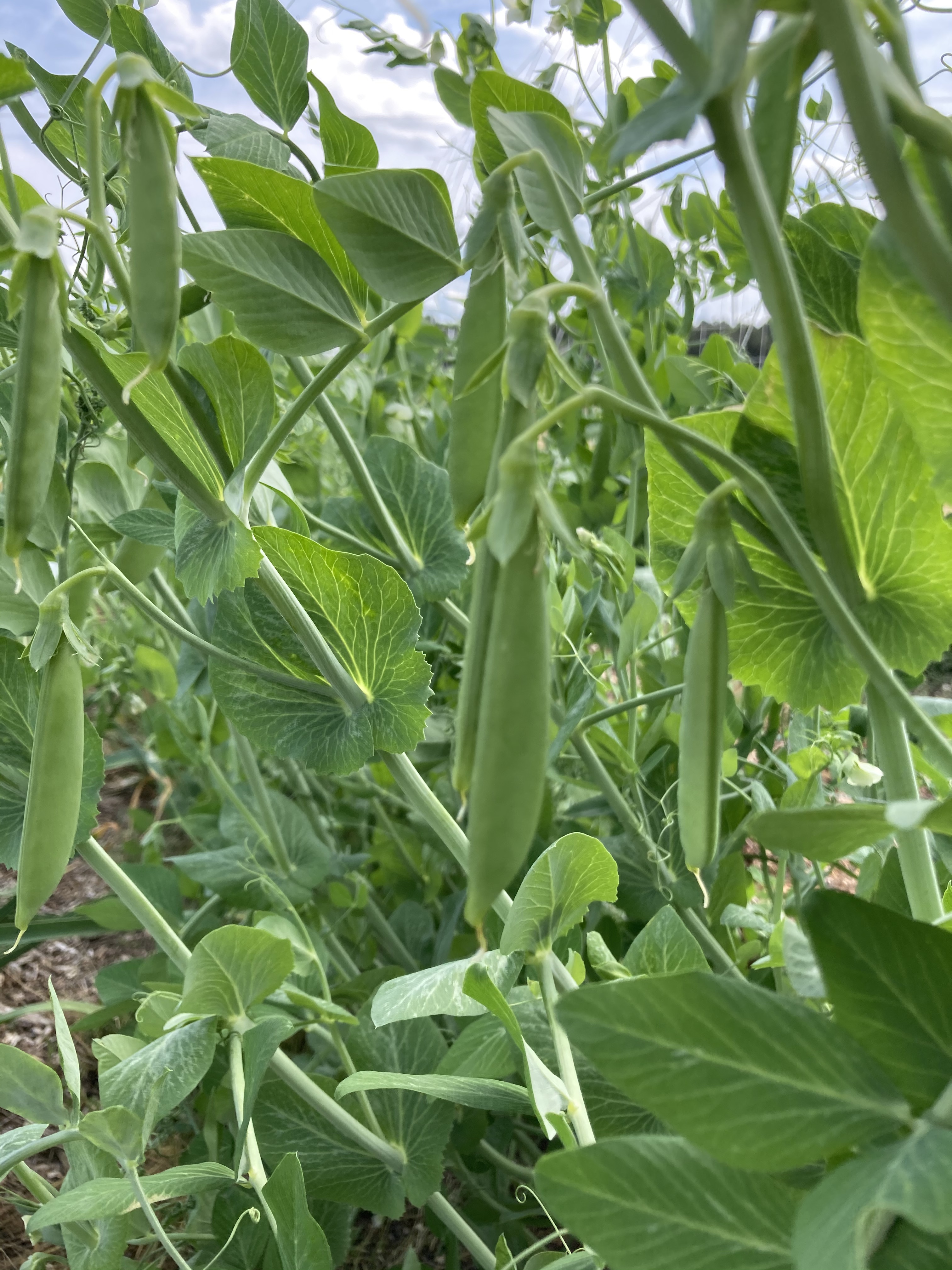
Lessons Learned From Growing Snap And Snow Peas At The Demo Farm In Winter Spring 2021 Extension Marketing And Communications
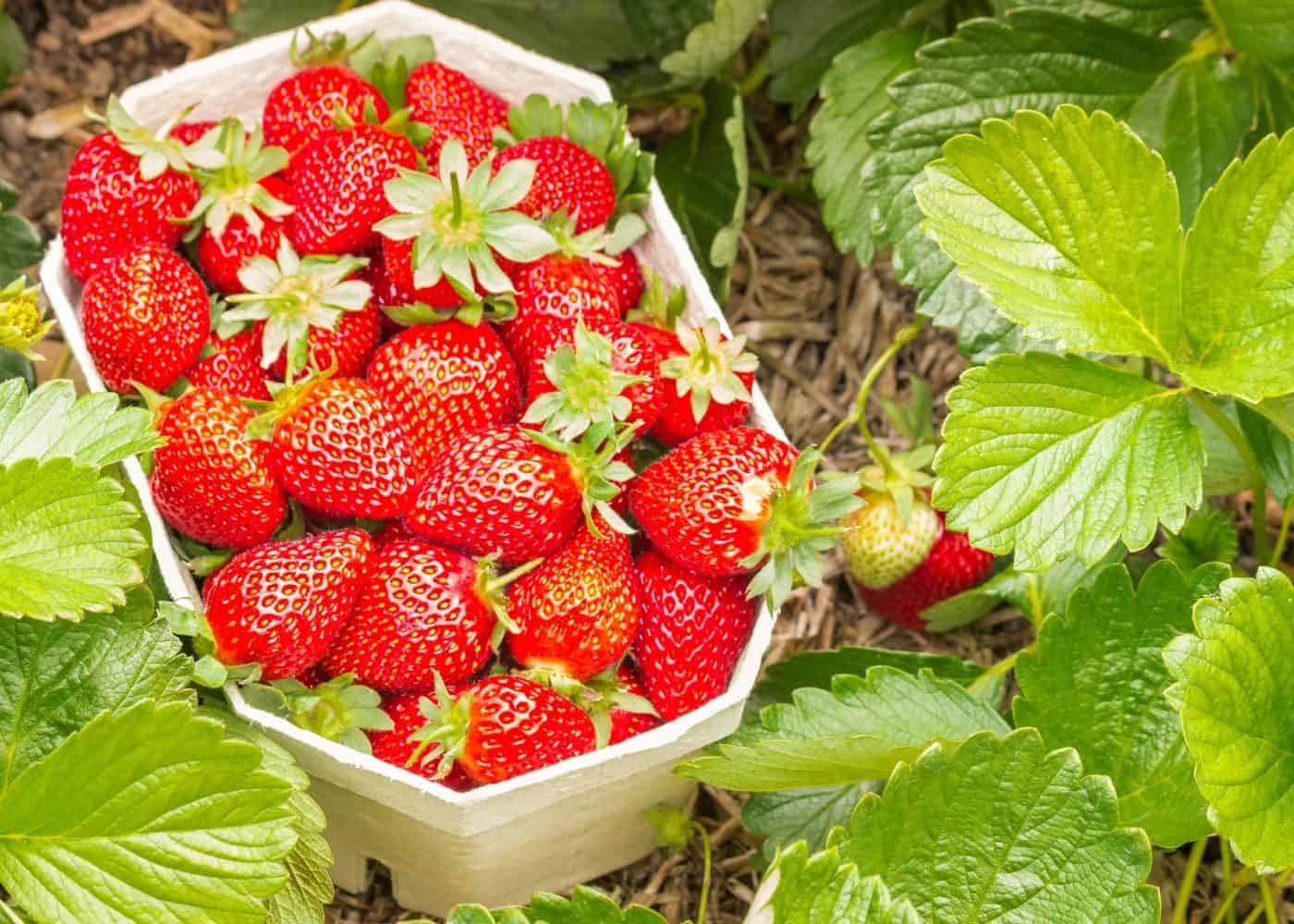
11 Companion Plants For Strawberries Enhancing Growth And Repelling Pests
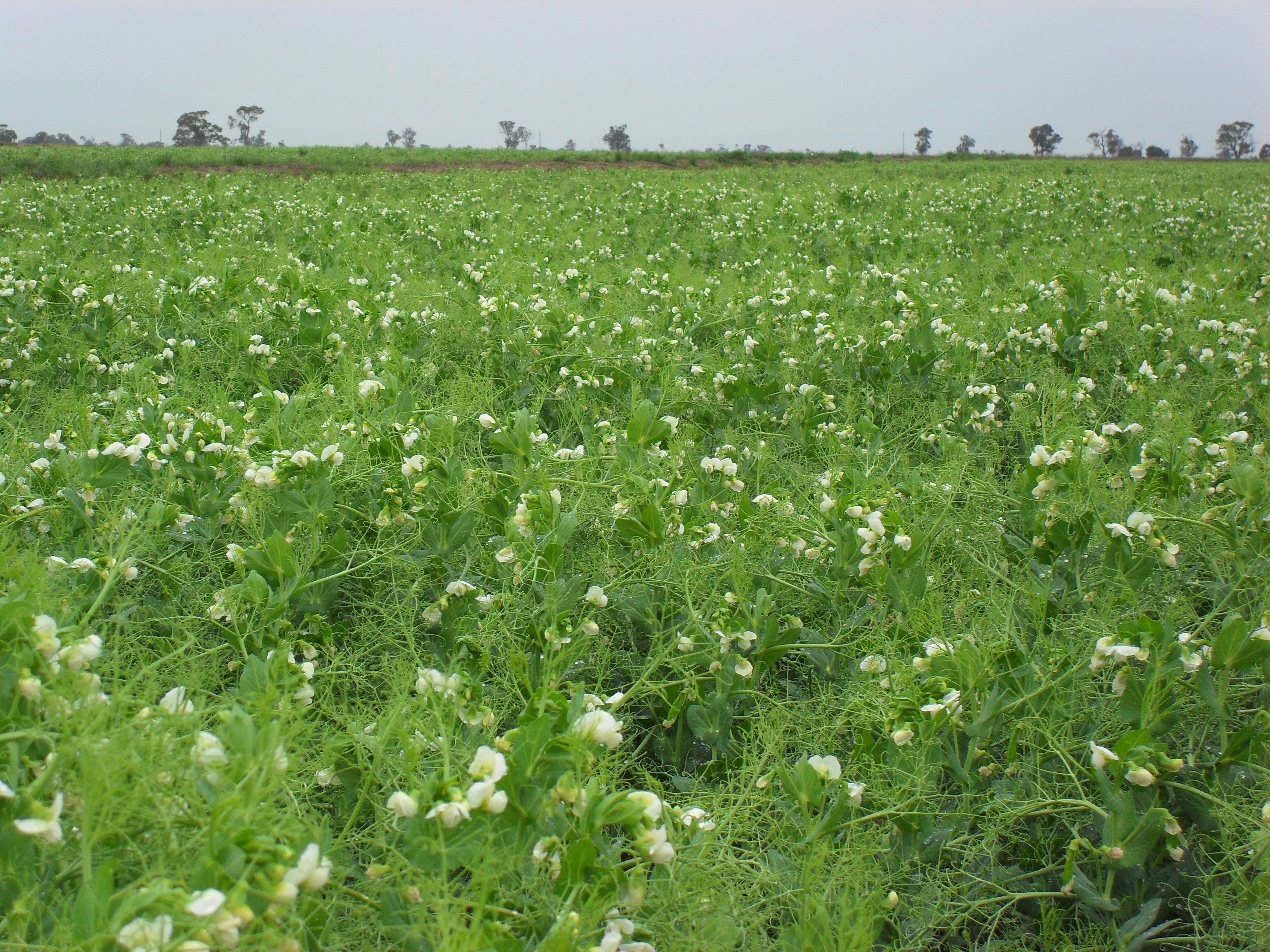
Pulse Australia Field Pea

Alderman Tall Telephone Pea Pisum Sativum Annie S Heirloom Seeds

Peas For Producers Alberta Pulse Growers

Field Pea For Aftercrops 1000 G Grey Brown Pea Garden Seeds Market Free Shipping
Field Pea Digital Herbarium Of Crop Plants
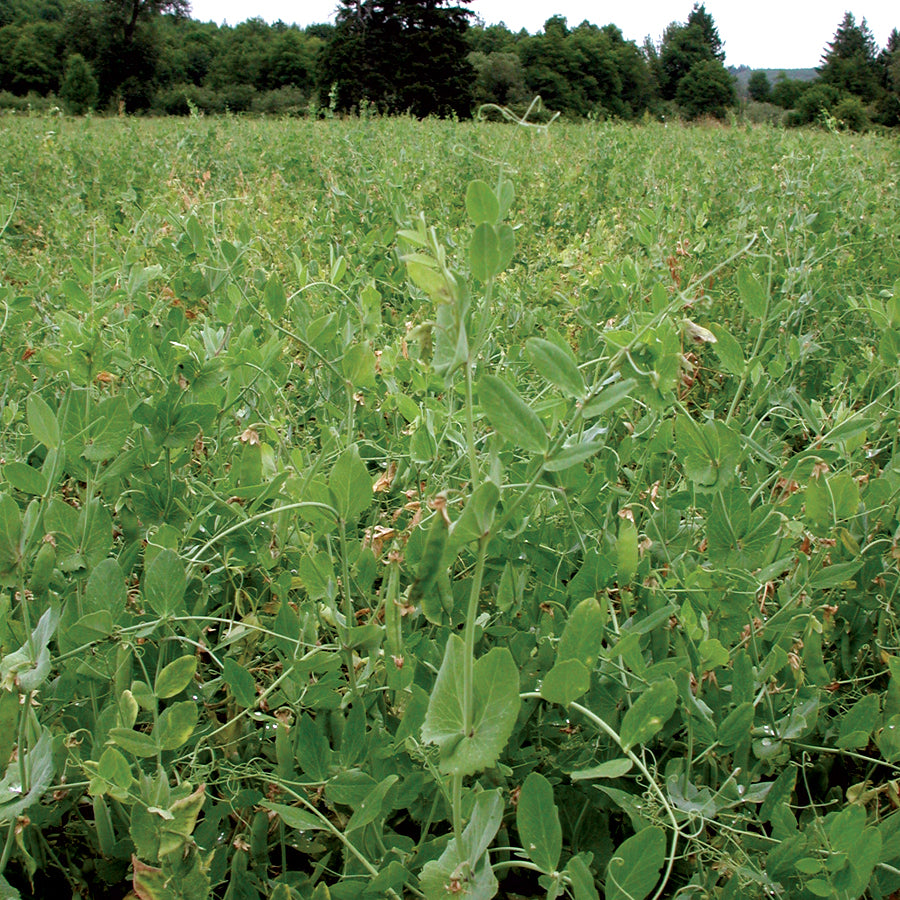
Austrian Field Peas Pea Seed Territorial Seed

Field Pea Insect And Disease Identification Guide Manitoba Pulse Soybean Growers

What Caused Puzzling Patterns To Develop In This Pea Field

Peas For Producers Alberta Pulse Growers

Pulses Bartholomews
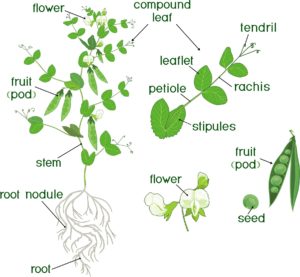
Peas For Producers Alberta Pulse Growers